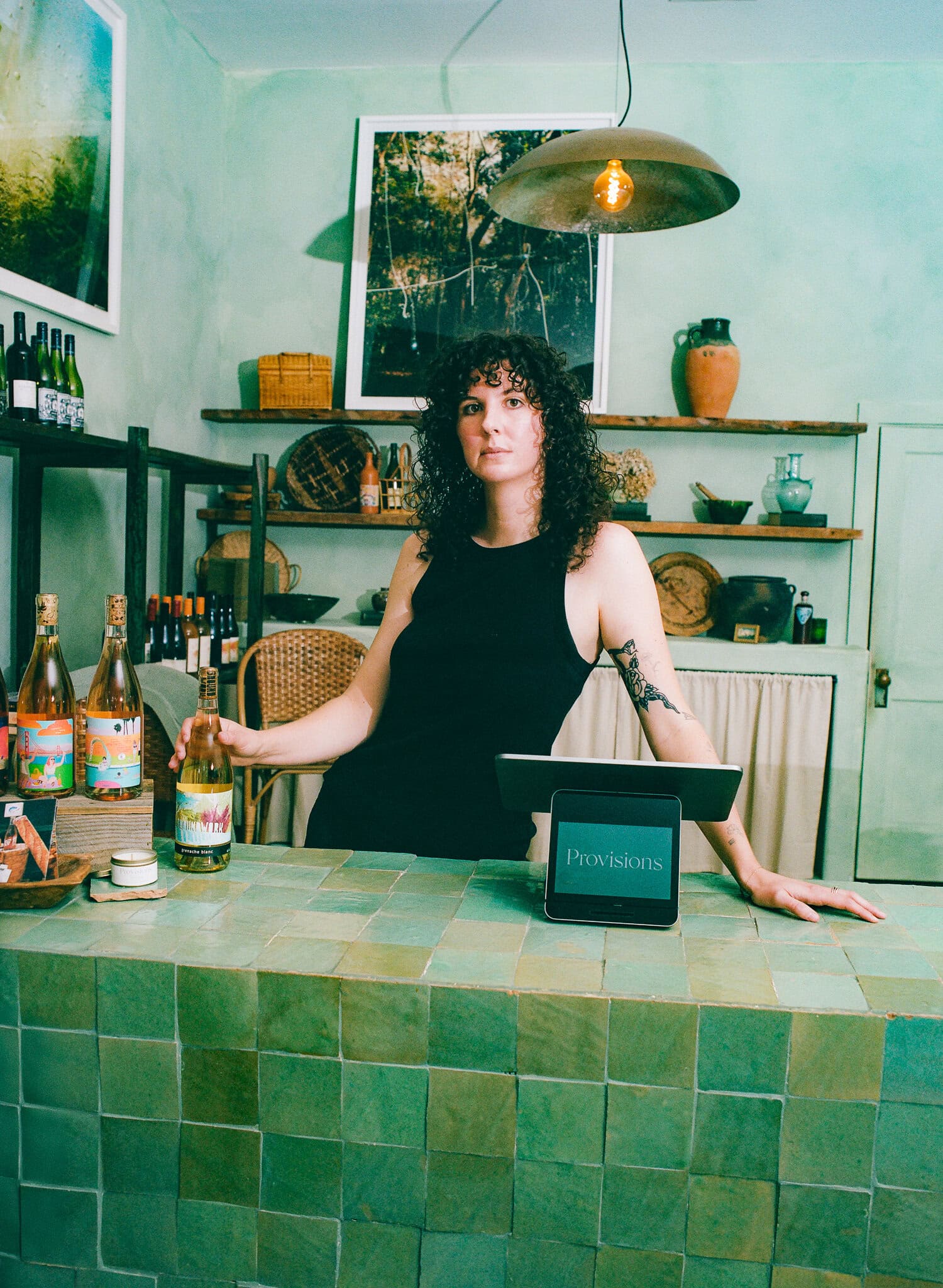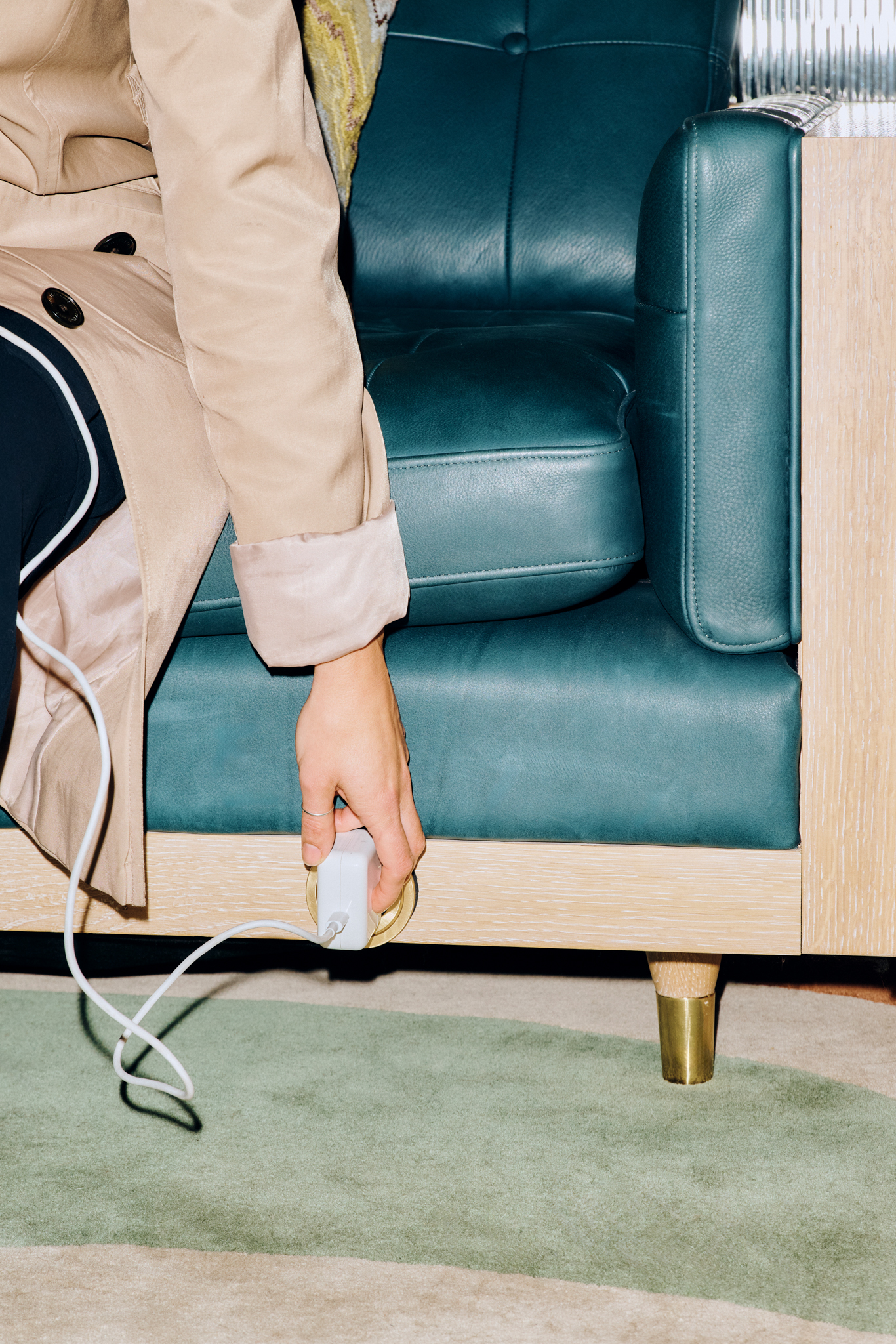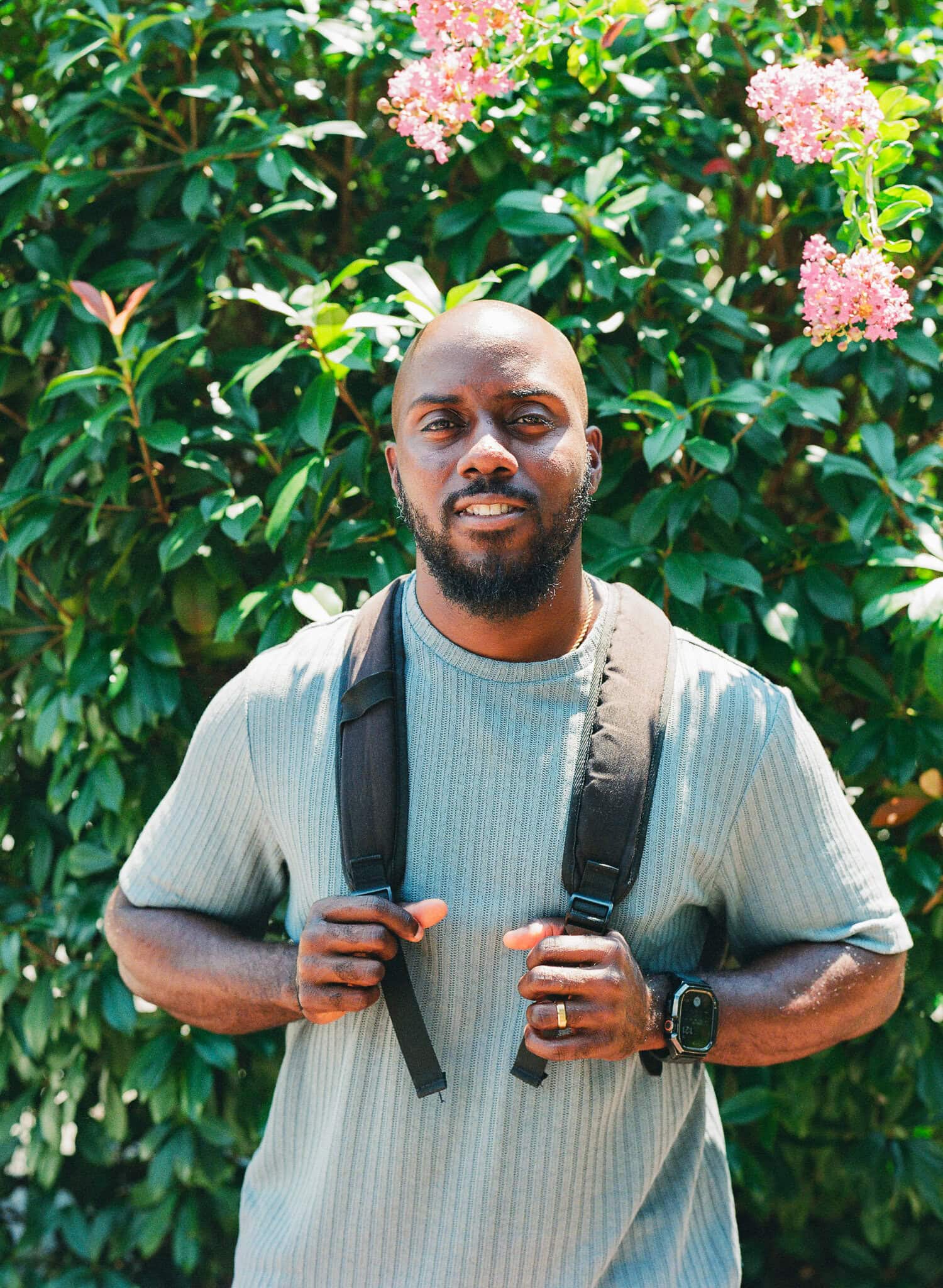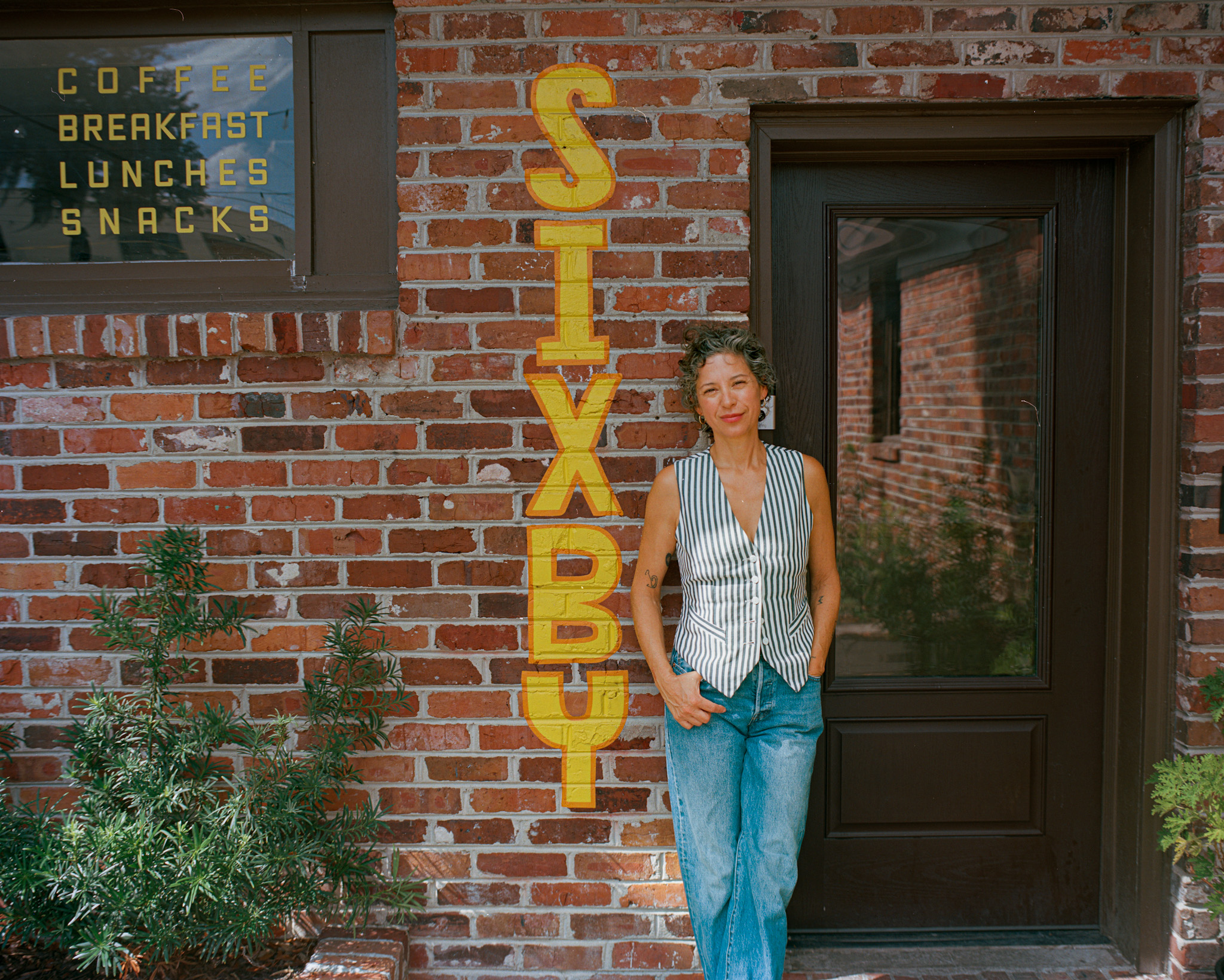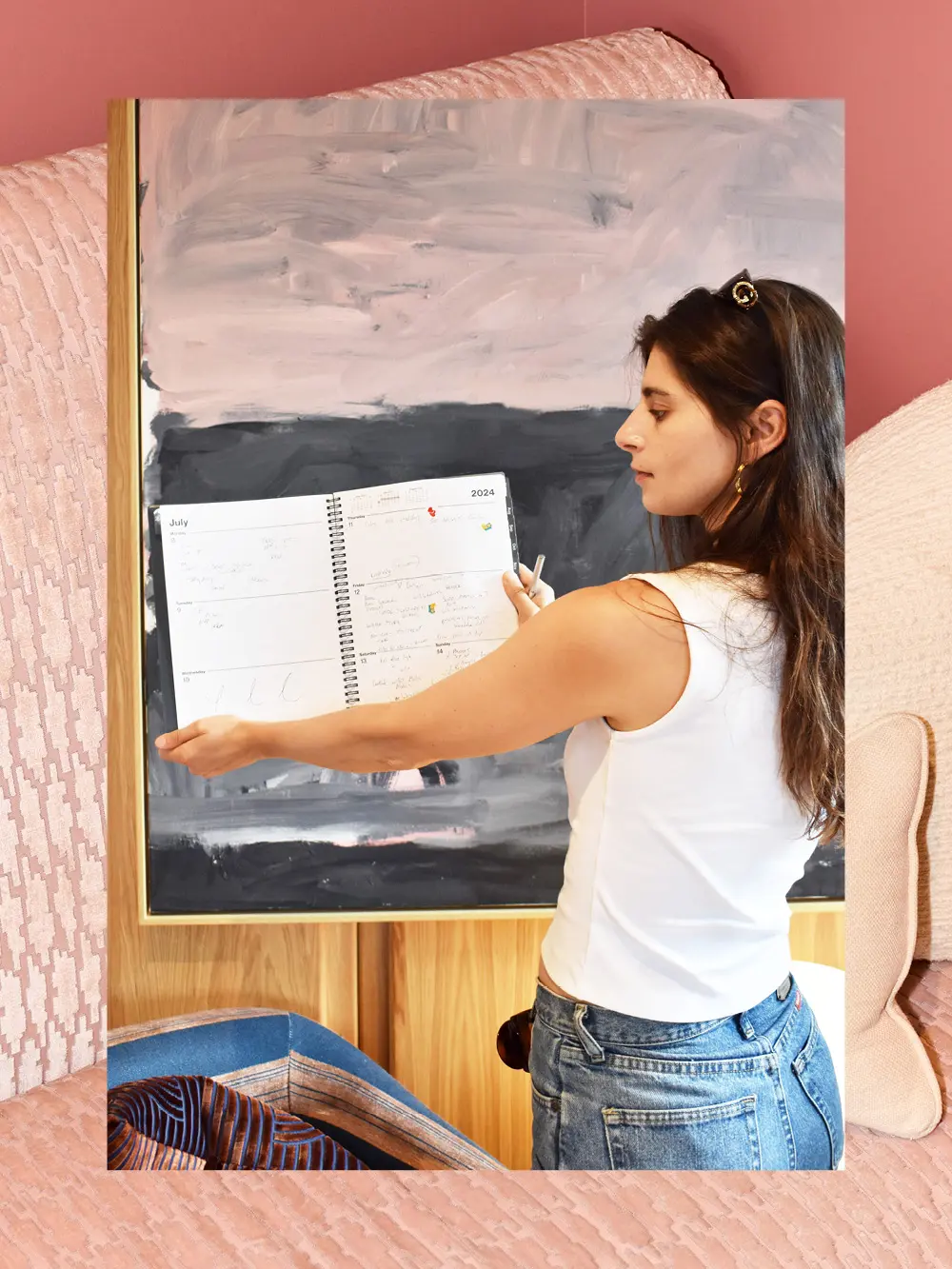
Liana Satenstein has a grand plan—now, all she needs is the perfect planner.
Up until a few years ago, I was a horrific date-keeper. I’d keep every appointment and task in my brain. There was a domino effect: If missing appointments or tasks weren’t bad enough, not writing anything down exacerbated my poor time management skills. I’d spend hours on one task and one task only; typically the most urgent one searing into my prefrontal cortex. While I’d finish the big To-Do task, I’d forget the little tasks like expenses, doctor appointments, follow-up emails, and invoices. But eventually, the little tasks became not so little and, in turn, felt insurmountable.
This wrought havoc on my professional and personal lives. Missed assignments; missed birthdays. I needed a good old-fashioned solve: a planner! Sure, I’d had my dalliances with planners before. Some, freebies sent by companies; others, recommendations from friends. I’ve been long tempted by the gorgeous Smythson planner (my most chic friends jot their most unhinged, illustrious high-society thoughts down in their leather-bound Smythsons). Gorgeous, but I never felt like forking over triple digits for a planner.
Instead, for my first planner, I bought an unlabeled Moleskin that had no dates or days and was simply a free-wheeling blank page. A paperback tabula rasa! The beginning of my new, organized life. Or so I thought. I spent a few days jotting down my tasks and thoughts, but there was no order. My thoughts were lost throughout the pages after a few days of using it. No rhyme or reason. With these wide swaths of empty pages, part of me was still resisting the whole enterprise, in denial about the structure I needed to get the details of my life back on track.
A few months ago, Gia Kuan of the downtown-beloved PR agency Gia Kuan Consulting sent out an incredible gridded notepad the size of printer paper (“Otherwise, I’m a classic Moleskine girl, honestly, but I like it when there’s lines or a grid and not a blank page,” Kuan wrote to me.) The gridded layout made me feel organized, perhaps because it’s reminiscent of grammar school Slavic math notebooks, in which each formula is encased by a small box. The GKC notepad kept my handwriting in check, and I certainly felt more organized. The only issue? I discovered it was a desk-only piece. When I toted it along in my bag, my makeup spilled all over those artfully latticed pages.
On Amazon, there are zillions of planners. During one of my rabid searches, one popped up called the Full Focus Planner by Michael Hyatt. This is the quintessential planner for dummies, and is perfect for someone who has, well, never planned. The effect of this planner is akin to going from an upbringing in a chaotic home with no schedule to suddenly being sent to boot camp. The planner is divided into “Daily Big Three,” or rather the three main tasks of the day, complete with a section for “Other Tasks” and then “Notes.” Other organizational accouterments include “Goal Detail” pages with subcategories like “Key Motivators” and “Next Steps.”
“If you want to hang out with me on a weeknight...get in line. I'm not one of those people who is randomly free on a Tuesday night—because of a plan I put in my Google Cal three weeks ago. I put everything in there, INCLUDING SEX!”
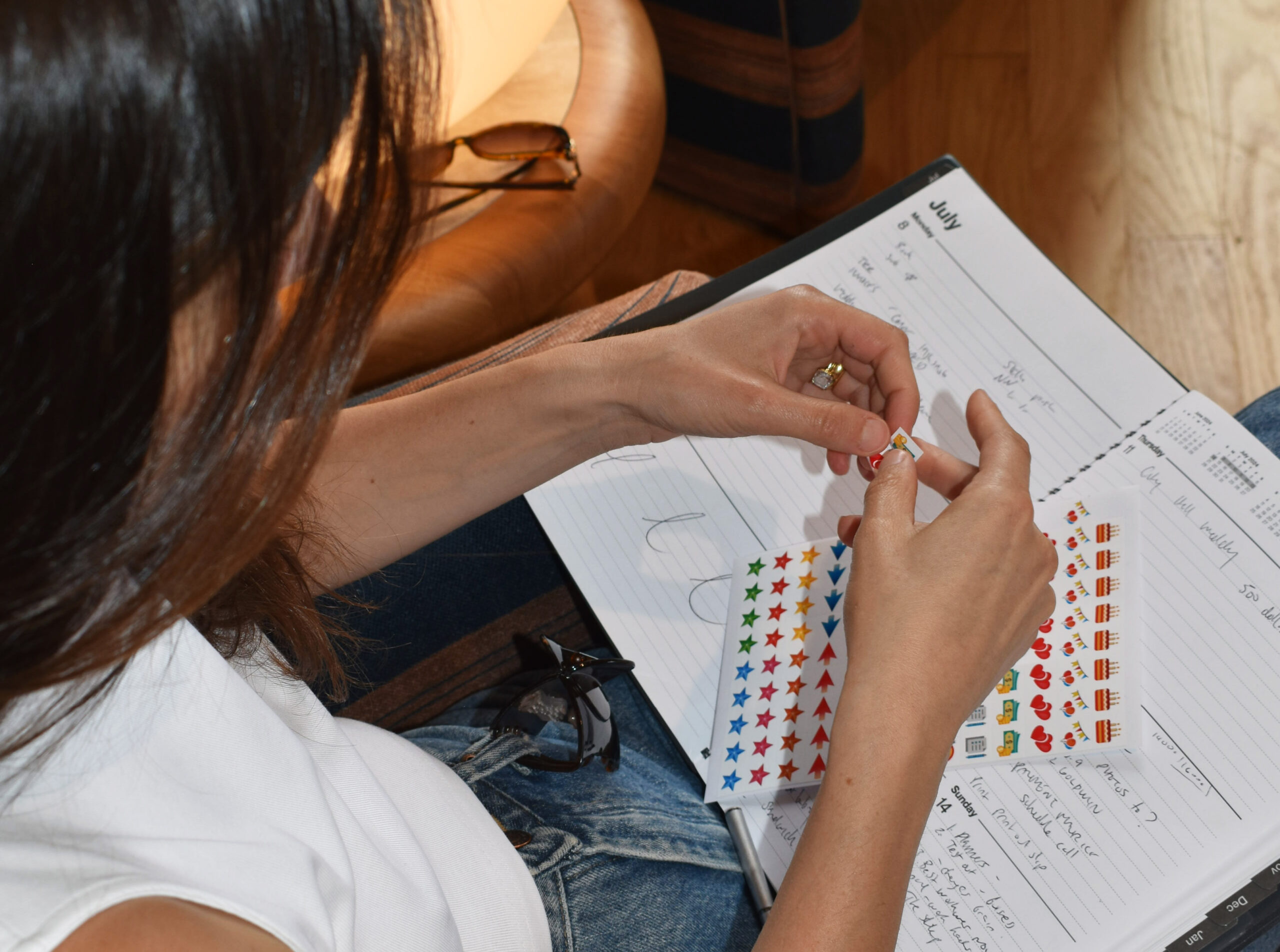

There is an element of self-help cheesiness to this planner (cue the inspirational quotes!) but this planner was quite helpful. One drawback is that it was quite large and heavy, clocking in at almost a pound and a half, and about an inch thick. The size becomes cumbersome when you have a zillion other things you tote around on a daily basis. Annoyed by the scoliosis-inducing weight, I thought, “What if I just went fully digital?” I could be one of those Google Calendar-only people—hands-free and worry-free! My former coworker and now-author Sophie Kemp of the sexy, gritty upcoming novel Paradise Logic is an exclusive Google Calendar user. “I’m psycho about it. If I don’t stay organized via the ‘G Cal’ app on my iPhone 11, I will double book,” she writes. “If you want to hang out with me on a weeknight…get in line. I’m not one of those people who is randomly free on a Tuesday night —because of a plan I put in my Google Cal three weeks ago. I put everything in there, INCLUDING SEX!” Ok!
Olive Leatherwood, who works in consulting and public relations, swears by the Google Calendar, an obsessive scheduling habit she picked up while working for a governor. “I put everything in there: work meetings, reminders, my social calendar. If it’s not in the Gcal, I’m not going. I’ve gotten texts from friends saying, ‘See you in 10!’ Girl… see you WHERE? It’s not in my calendar.”
While the Google Calendar organizational method works well for Kemp and Leatherwood, I still had the urge to use traditional pen and paper to write down my appointments and only then transfer them to the Google Calendar. Since I was a child, I have always believed that I needed an extra, thoughtful step to genuinely drill reminders into my brain. There’s scientific data to back this pen-to-paper process up. In a study this past year in Frontiers in Psychology, scientists studied students who took notes using the Luddite by-hand method and students who took notes typing on a computer. The study showed that students who took notes using a pen and paper showed higher electrical activity that touched on memory, sensory processing, memory, vision, and movement. In other words, the whole cerebral organ responsible for me remembering to file taxes or submit an article about bags.
Realizing that I couldn’t depend on blank pages or Google Calendar, and desperately needed planner structure, I did another Amazon search. I found a spiral-bound Dunwell 2024-2025 Academic Planner that has a calendar and is divided into weekdays. It’s thin with a plastic cover and light as a feather. (It comes with a pack of stickers, too.) When I use it, I feel like I am back in elementary school again, and perhaps, in my case, an elementary planner is the best place to start.



